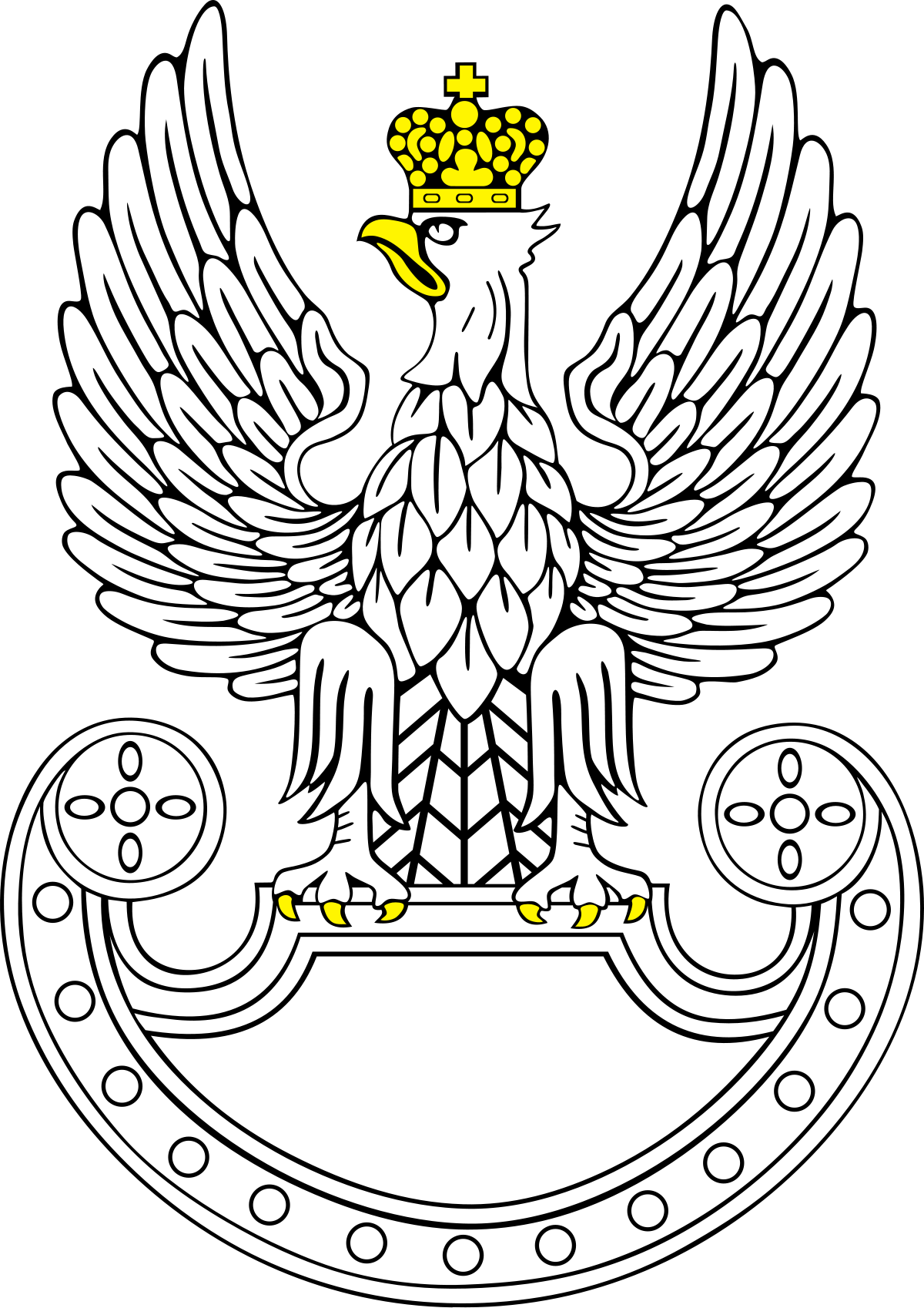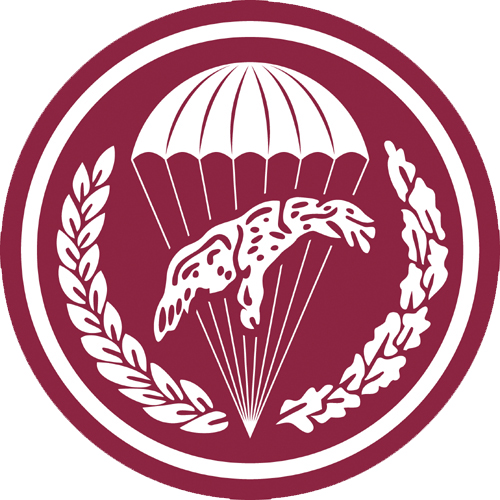Wouldn't it be nice to actually live on a training area for your gear?
As well have a railhead so your aren't double loading (loading on a low bed vehicle to have them drive to load on a railhead)?
IF Canada wants to have a Heavy Force (and I am dead set that the Army isn't big enough to make a worthwhile heavy force that could actually participate in a peer - peer conflict *US Peer, as Canadian Military Peers are like Uganda and Botswana at this point), Then ONLY Training systems should be in Canada, and the Heavy Bde be forward deployed - it can even rotate ever few years for Regimental "Equity"
Heavy Forces have zilch to do with Canadian Territorial Defense - because if you think anyone invading Canada is going to do anything more than Snicker at a Div of Heavy Tanks (which Canada doesn't have anyway) you out of your mind.
Light Forces can disperse and run an insurgency - because that is what the size of the force can do.
They need a role again - the butchers are at the door - and the Expeditionary nature of the USMC is being reinvested in.
I'd rather one look at what it needs to be moved - and create a 4th category.
Light -- Can work in a UH-60/Osprey type craft
Med-Light - can work in a CH-47
Medium - can work in a C-130
Heavy - needs C-17, better yet sea borne transport.
Regardless of what you call it - if you look at what Canada is willing to put on the table these days - It's an under equipped Div.
Trying to make a Heavy Bde requires a significant amount more capital to be invested in equipment - unless everyone is content with a "In Name Bde" (again).
The bizarre Missing items (Air Defense) fill a Defense of Canada role much better than a lot of other either missing or antiquated gear.
Reading the Government Mandate to the CF - I'd be hauling the pretty much everyone from BG up for an inquisition on why they are for the most part incapable of filling ANY of the missions allocated currently.
Medium - can work in a C-130
| M (tonnes) | L (m) | W (m) | H (m) |
| C130 E | 19.1 | 12.5 | 3.0 | 2.7 |
| C130 J 30 | 19.1 | 17.1 | 3.0 | 2.7 |
| | | | |
| Lynx | 8.5 | 4.6 | 2.4 | 2.2 |
| M113 | 9.8 | 4.9 | 2.7 | 2.5 |
| Bv206 | 4.5 | 6.9 | 1.9 | 2.4 |
| | | | |
| M151 | 1.1 | 3.4 | 1.6 | 1.8 |
| Iltis | 1.6 | 4.0 | 1.5 | 1.8 |
| Ferret | 3.7 | 3.7 | 1.9 | 1.9 |
| Grizzly | 10.5 | 6 | 2.5 | 2.5 |
| Cougar | 10.7 | 6 | 2.5 | 2.5 |
| Bison | 12.4 | 6.5 | 2.5 | 2.2 |
| MLVW | 6.3 | 6.7 | 2.4 | 2.9 |
| | | | |
| Coyote | 14.4 | 6.4 | 2.5 | 2.7 |
| LAVIII | 16.9 | 7 | 2.7 | 2.8 |
| LAV6.0 | 28.6 | 7.62 | 2.78 | 3.16 |
| MSVS | 18.1 | 10.4 | 3.2 | 3.5 |
| | | | |
| A400M | 37 | 17.7 | 4 | 3.85 |
| C17 | 76.9 | 27 | 5.5 | 3.76 |
It occurs to me that since the 1964 purchase of the fleet of 24 C130 E Hercules that every vehicle the infantry owned was transportable by Herc.
That was true for everything up to and including M113s, Grizzlies and Bisons.
With the Coyote we started pushing our luck maxing out the height limitation. LAVIII broke the height barrier as did the LAV6.0 and the MSVS. And the LAV6.0 handily breaks the weight barrier.
In short we have been pushing the envelope, with respect to deployability and finally broke it.
And the deflection point was 2 October 2003 - Cpl Robbie Beerenfenger and Sgt Robert Short,
Understandably protection became a higher priority than deployability, especially when deployability could be fixed with C17s, help from our friends and the time available to trickle in troops, vehicles and supplies.
But
In the bad old days, with 24 C130 Hercs I believe that Canada had the ability to deploy the following:
A parachute battalion with M151 Jeeps reinforced by an L5 pack howitzer battery and engineers in a single lift.
A 4 company battalion with recce platoon, anti-tank platoon, mortar platoon and pioneers air landed with 14 M113s and 9 Lynxes in a second lift. The battalion would be capable of establishing a 3 company perimeter for all round defence while employing the M113s and the Lynxes as a mobile element for recce, screen and quick reaction. The rest of the battalion's vehicles could follow by air in subsequent lifts taking advantage of time in exactly the same way it was exploited in Afghanistan.
The civil background to this was the couple of thousand airports, fields, and strips available throughout Canada. Not to mention frozen lakes and lands.
In short, the Special Service Force in Petawawa could land a mechanized force anywhere in Canada in a week. Or could land a battalion in Cyprus.
That capability was retained even when the urban AVGP (the Grizzly), the Bison and the Bv206 were acquired.
That is a capability that has been lost.
It could have been retained, along with acquiring more protection, if more C17s had been acquired. That option is no longer open to us.
It seems that a solution (at least partial) could be found by acquiring 24 A400Ms to complement the C17s. (And nobody ask where the pilots and engineers are going to come from - in the scheme of things it is a rounding error - especially if the need is there).
The reason the solution is only partial is that while the LAV6.0 may be a suitably protected vehicle with many uses one thing it is not is a replacement for either the M113, or the Bv206 when it comes to the rough terrain that defines 70 to 90% of Canada and requires a light, tracked, (amphibious) vehicle that can be supported, and preferably transported, by CH-147F.
Moving up from the CC-130 to the A-400M would raise the definition of Medium to include the LAV6.0 and set new limits on both Cavalry and Artillery vehicles for domestic and expeditionary service.
Even an M109 would fit in an A-400M. For delivery anywhere in Canada. Or globally.
In fact you could probably, just about, lift an ancient 105mm Leopard 1 (C2) in an A400M. (if fully unloaded, unmanned and dried out)






